Osteonecrosis Of The Jaw Treatment Guidelines
Osteonecrosis of the jaw treatment guidelines. Osteolysis extending to the inferior border of the mandible or sinus floor Treatment strategies At risk - Patients who are at risk of developing BRONJ by virtue of the fact that they have been exposed to a bisphosphonate do not require any treatment. The reported incidence of medication-related osteonecrosis of the jaw MRONJ varies but it is generally considered to be between 1 and 10 of patients taking IV bisphosphonates for the management of bone metastatic disease and between 0001 and 001 in patients taking oral bisphosphonates for the management of osteoporosis. During bisphosphonate treatment patients should maintain good oral hygiene receive routine dental check-ups and report any oral symptoms such as dental mobility pain or swelling.
Medication-related osteonecrosis of the jaw. It is common practice in oncology to prescribe bone-modifying agents BMAs or anti-angiogenic drugs AADs for a range of cancers. There is an accepted approach of palliation of symptoms and controlling the associated infections.
There are no universally accepted treatment protocols for ONJ. Treatment strategies range from conservative nonsurgical therapy to. Medication-related osteonecrosis of the jaw MRONJ is defined as exposed bone or bone that can be probed through an intraoral or extra oral fistula e in the maxillofacial region and that does not heal within 8 weeks and that occurs in a patient who has received a bone-modifying agent BMA or an angiogenic inhibitor agent and has no history of head and neck radiation.
13 linhas The treatment guidelines developed by the panel were designed to apply to specific subsets of. This work provides a systematic review of the. Practical guidelines for the prevention diagnosis and treatment of osteonecrosis of the jaw in patients with cancer.
Medication-related osteonecrosis of the jaw Guidance for the oncology multidisciplinary team 8 Vitamin Dcalcium 1. Some units give a single dose of 100000 units of colecalciferol orally 2 weeks prior to starting treatment to reduce the risk of profound hypocalcaemia. J Int Soc Prevent Communit Dent 2016697-114.
In the absence of a defined treatment algorithm for ONJ there is a generally accepted approach of palliation of symptoms and controlling associated infection. Clinical and practical guidelines. J Oncol Pract 200627-14.
Early intervention with surgical resection should be the preferable method of treating any stage of the disease resulting in better outcomes and decreasing the morbidity of this condition. Ruggiero S Gralow J Marx RE et al.
Some units give a single dose of 100000 units of colecalciferol orally 2 weeks prior to starting treatment to reduce the risk of profound hypocalcaemia.
Treatment strategies range from conservative nonsurgical therapy to. Ruggiero S Gralow J Marx RE et al. Prevention is critical in medication-related osteonecrosis of the jaw because the treatment is dicult and there are no universally accepted treatment protocols. Medication-related osteonecrosis of the jaw Guidance for the oncology multidisciplinary team 8 Vitamin Dcalcium 1. Osteonecrosis of the jaw ONJ occurs specifically in the cells of the maxilla and mandible jaw bones. This work provides a systematic review of the. During bisphosphonate treatment patients should maintain good oral hygiene receive routine dental check-ups and report any oral symptoms such as dental mobility pain or swelling. Some units give a single dose of 100000 units of colecalciferol orally 2 weeks prior to starting treatment to reduce the risk of profound hypocalcaemia. In the absence of a defined treatment algorithm for ONJ there is a generally accepted approach of palliation of symptoms and controlling associated infection.
During bisphosphonate treatment patients should maintain good oral hygiene receive routine dental check-ups and report any oral symptoms such as dental mobility pain or swelling. Some units give a single dose of 100000 units of colecalciferol orally 2 weeks prior to starting treatment to reduce the risk of profound hypocalcaemia. This work provides a systematic review of the literature from January 2003 to April 2014 pertaining to the incidence pathophysiology diagnosis and treatment of osteonecrosis of the jaw ONJ and offers recommendations for its management based on multidisciplinary international consensus. This is a rare condition associated with dental extractions and bone therapies often used in cancer treatments and occurs when jaw bones become uncovered by. Practical guidelines for the prevention diagnosis and treatment of osteonecrosis of the jaw in patients with cancer. Prevention is critical in medication-related osteonecrosis of the jaw because the treatment is dicult and there are no universally accepted treatment protocols. Although uncommon in patients under oral therapy bisphosphonate-related osteonecrosis of the jaw BRONJ can be a very severe issue.





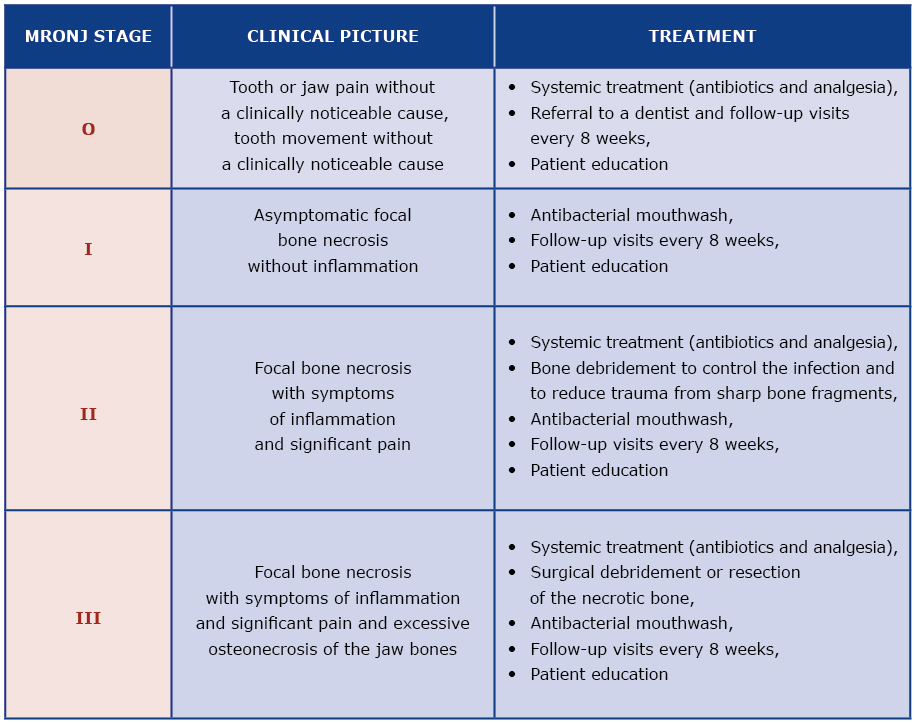

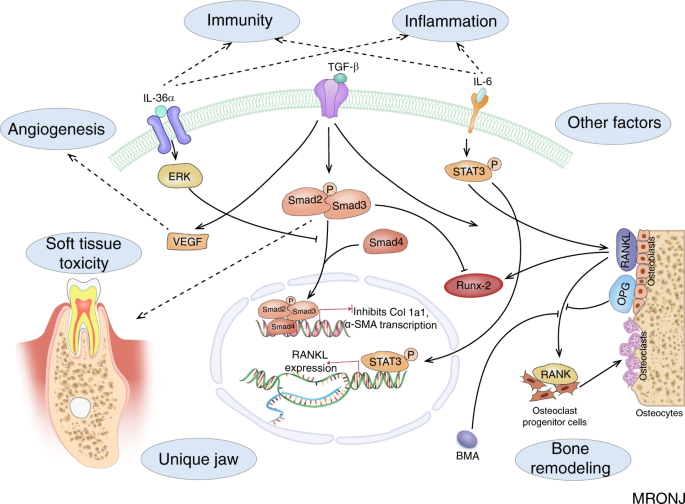
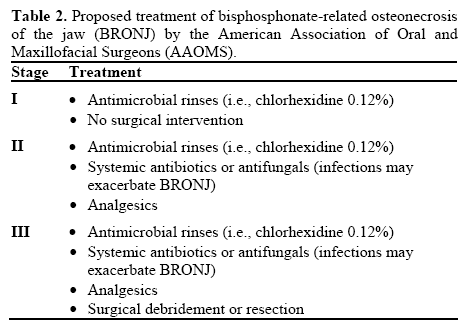
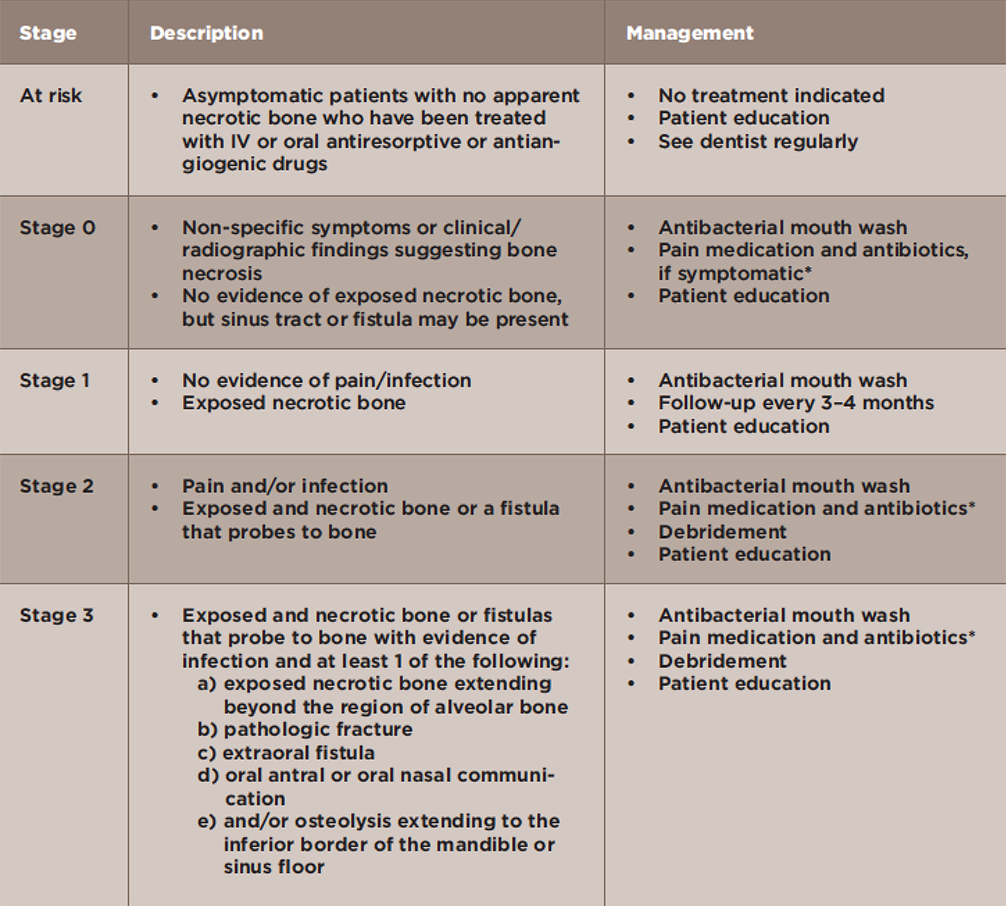






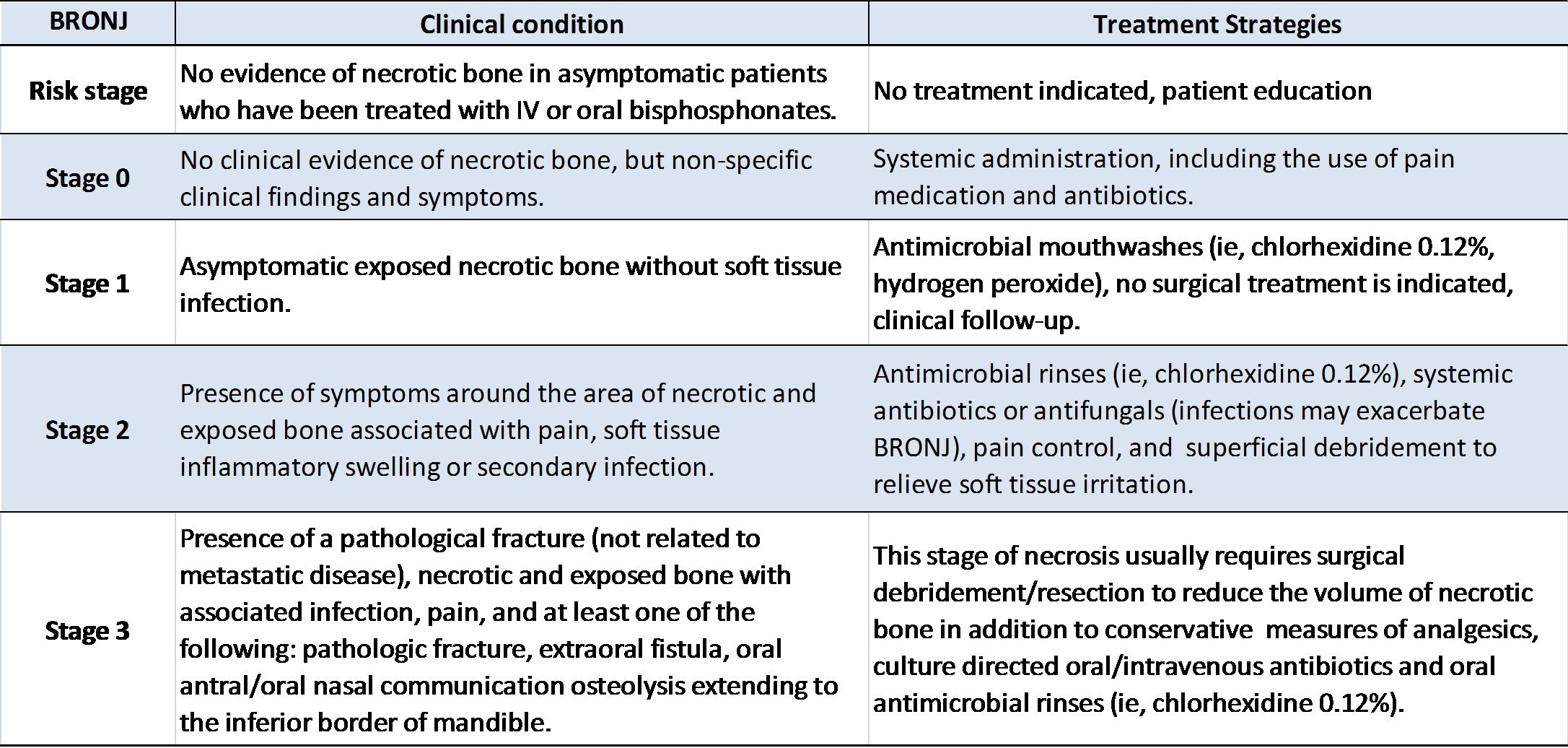




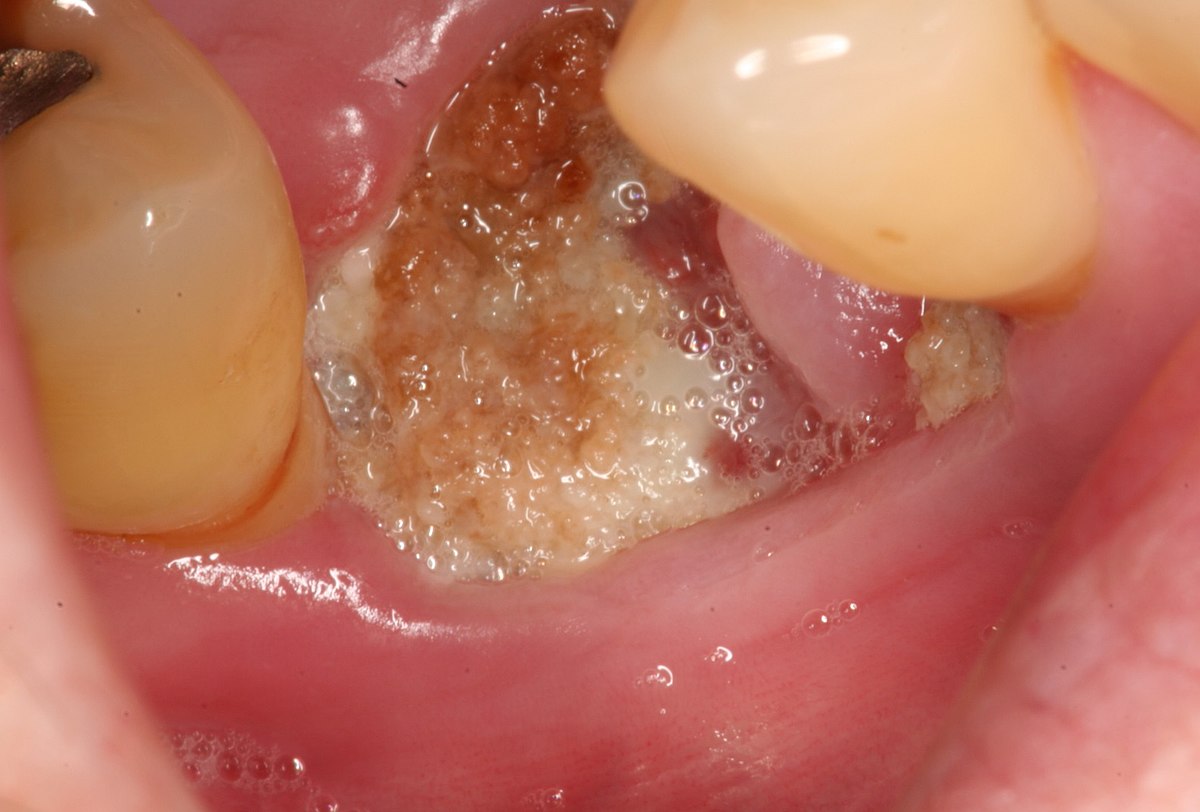




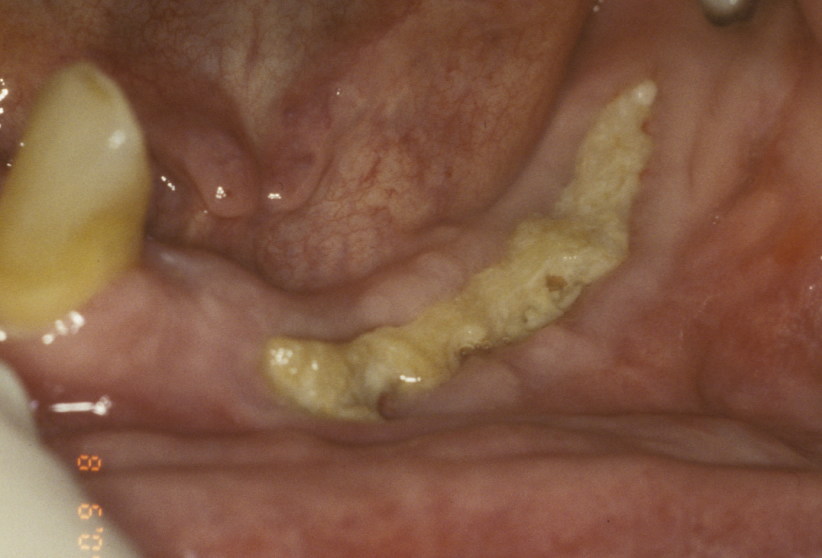


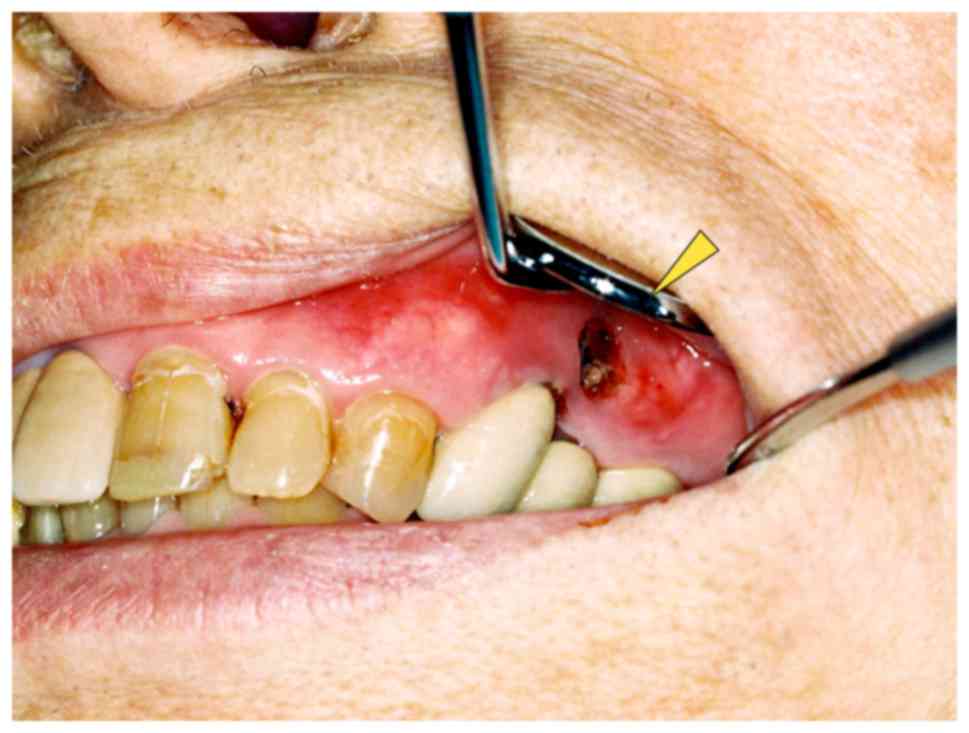












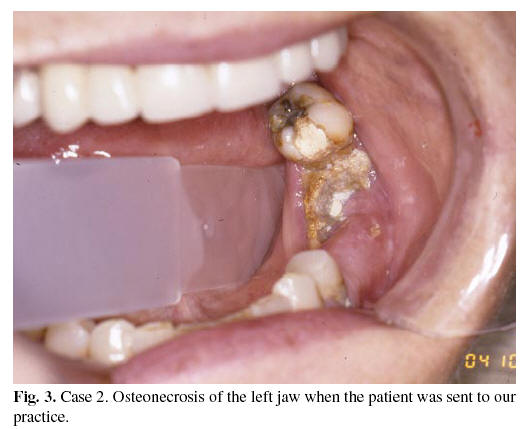

Post a Comment for "Osteonecrosis Of The Jaw Treatment Guidelines"